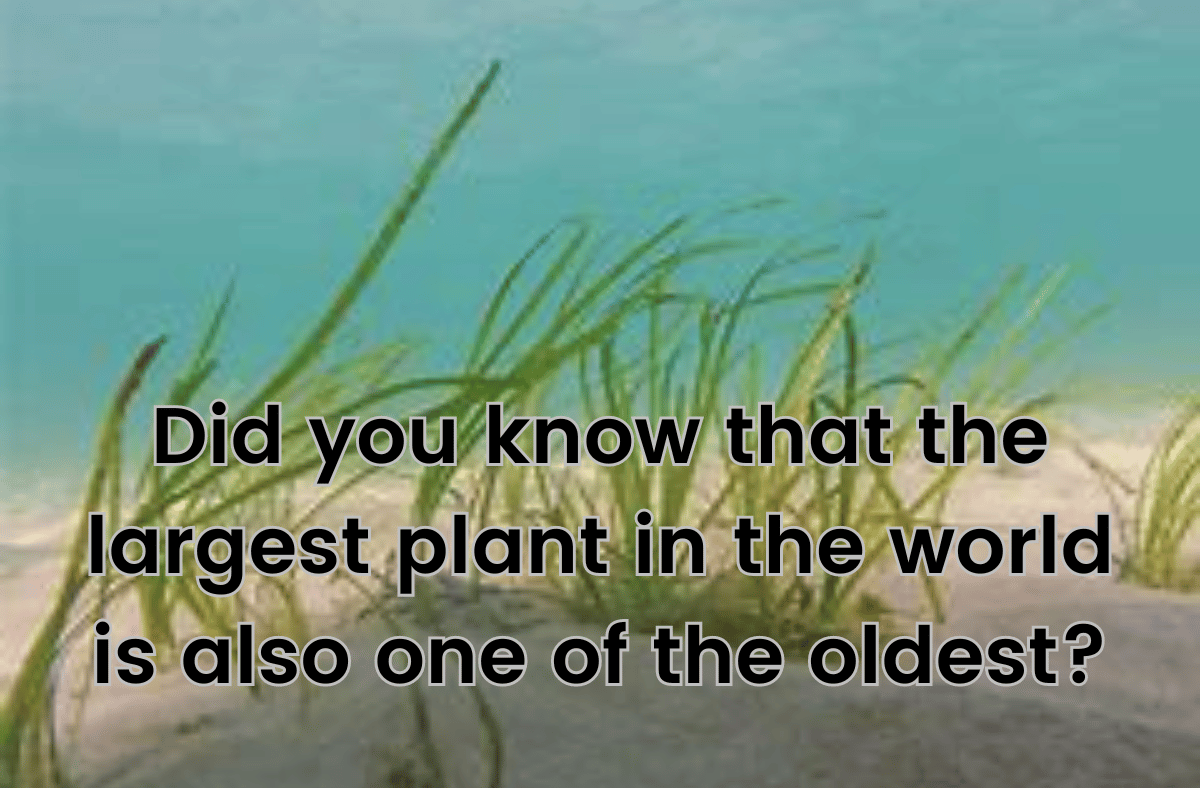For Those in a Hurry
The largest living organism is not a whale or a tree, but a fungus. Armillaria ostoyae holds this title. It spans an impressive 9.6 km2 (3.7 mi2) in Oregon, USA. This fungus, also known as the honey mushroom, grows mostly underground. Its vast network of mycelia spreads extensively beneath the forest floor. Armillaria ostoyae is both fascinating and formidable. It’s a remarkable example of nature’s hidden wonders. This organism challenges our understanding of size and life in the natural world.
The Largest Living Organism: Armillaria ostoyae’s Vast Reach
Armillaria ostoyae, the largest living organism, is a true giant in nature. Its sprawling presence covers 9.6 km2 in the forests of Oregon. This vast area surpasses that of many well-known large animals. The organism primarily exists underground, making its enormous size a hidden wonder.
The Biological Structure of Armillaria ostoyae
The biology of Armillaria ostoyae is as fascinating as its size. It’s composed of mycelia, which are thread-like fungal structures. These mycelia spread extensively, absorbing nutrients from the forest. The fungus also produces mushrooms, which are visible above ground.
The Largest Living Organism: An Ecosystem Engineer
Armillaria ostoyae plays a significant role in its ecosystem. As a decomposer, it breaks down dead wood, recycling nutrients. However, it can also be parasitic, affecting trees and plants. Its presence shapes the forest environment, both constructively and destructively.
The Discovery and Study of Armillaria ostoyae
The discovery of Armillaria ostoyae reshaped our understanding of biological size. Scientists used DNA testing to confirm its vast expanse. This fungus has become a subject of intense study. Researchers are intrigued by its growth patterns and ecological impact.
In conclusion, Armillaria ostoyae, recognized as the largest living organism, is a remarkable and somewhat enigmatic presence in the natural world. Its extensive spread across 9.6 km2 in Oregon’s forests is a testament to the incredible diversity and scale of life on Earth. Existing mostly underground, its vast network of mycelia plays a crucial role in the ecosystem, acting as both a decomposer and a parasite. This organism not only challenges our perceptions of size in nature but also highlights the importance of understanding and studying the less visible yet impactful elements of our environment. Armillaria ostoyae stands as a monumental example of nature’s hidden complexities and wonders.






















